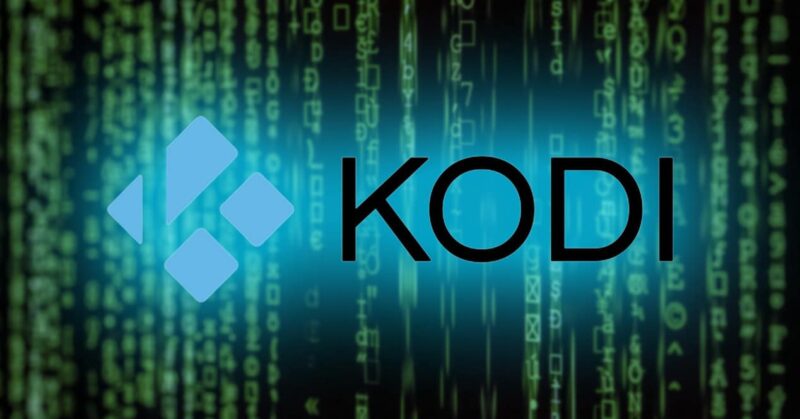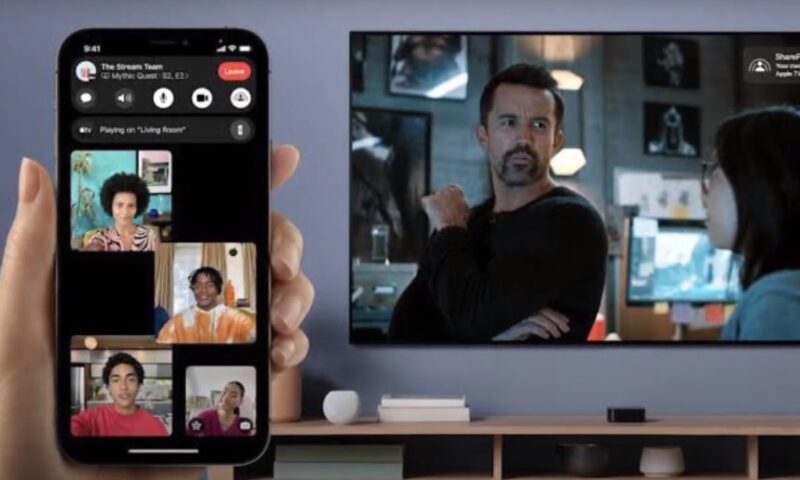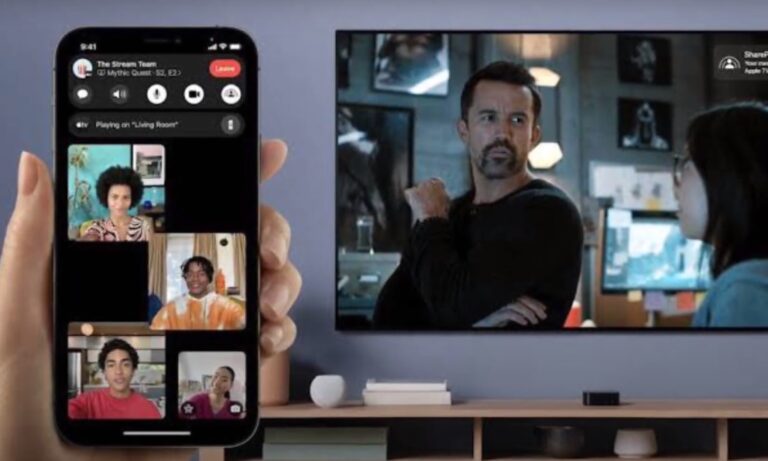I’ve found Kodi’s versatility and extensive feature range incredibly appealing. When I use it with my Nvidia Shield or Nvidia Shield Pro, Kodi becomes an even more powerful tool for media consumption.
I particularly appreciate how my Nvidia Shield, with its smooth handling of 4K content, serves as the perfect platform for Kodi’s advanced media management capabilities. This combination provides me with an unparalleled streaming experience, offering access to a wide array of content and customizable options.
What draws me in is Kodi’s ability to organize and stream various types of media, including movies, TV shows, live broadcasts, and music. The user-friendly interface of Kodi, combined with the robust performance of the Nvidia Shield, creates a seamless and highly enjoyable viewing experience for me.
Let me show you how to install it on Nvidia Shield and Nvidia Shield Pro.
Method 1: Sideloading Kodi on Nvidia Shield
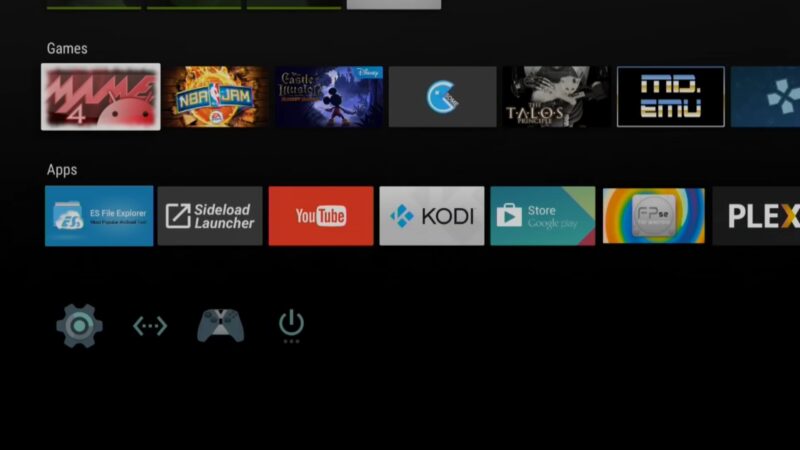
Sideloading Kodi onto your Nvidia Shield or Nvidia Shield Pro is an alternative method, particularly useful if you need a specific version of Kodi not available on the Google Play Store or if you’re in a region where Google Play is inaccessible. Here’s how to sideload Kodi onto your Nvidia Shield device:
- Download the APK: Visit the official website, download the ARMV7A (32BIT) APK for Nvidia Shield.
- Transfer to USB: Copy the APK to a FAT32 formatted USB drive.
- Connect USB to Shield: Plug the USB into Nvidia Shield.
- Enable USB Access: In Shield’s ‘Settings’ > ‘Storage & Reset’, enable access to the USB.
- Install File Manager: Download ‘ES File Explorer’ from the Google Play Store on Shield.
- Installation: Use the file manager to open and install the Kodi APK from the USB.
- Launch: Open Kodi from the Shield’s app list.
- Configure: Set up language, region, and other preferences.
Method 2: Installing Kodi via Google Play Store
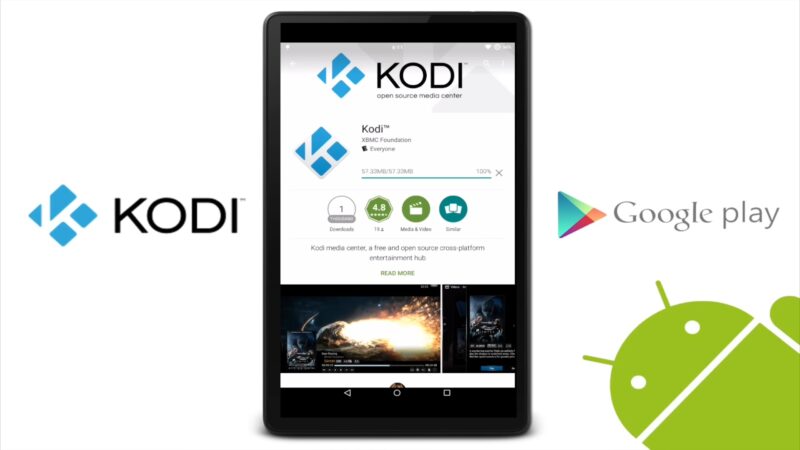
Installing Kodi on your Nvidia Shield or Nvidia Shield Pro through the Google Play Store is the most straightforward and recommended method. This approach ensures you get the latest version of Kodi compatible with your device, along with automatic updates. Here’s a step-by-step guide to installing Kodi via Google Play:
- Turn on Nvidia Shield: Power on your Nvidia Shield and navigate to the Google Play Store from the home screen.
- Look for the software: In the Google Play Store, use the search function to find it by typing ‘Kodi’ into the search bar or using voice search.
- Install Kodi: Select the official app from the search results and click ‘Install’. Accept any permissions required during the installation process.
- Launch Kodi: After installation, launch by clicking ‘Open’, or find it on your Nvidia Shield home screen.
- Initial Setup: Follow the on-screen instructions to configure basic settings like language and display preferences for Kodi’s first-time setup.
Preparation for Installation
Before diving into the installation of Kodi on your Nvidia Shield or Nvidia Shield Pro, it’s crucial to ensure that your device is properly prepared. This preparation is key to a smooth and successful installation process. Here are the essential steps to get your Nvidia Shield ready for Kodi:
Internet Access
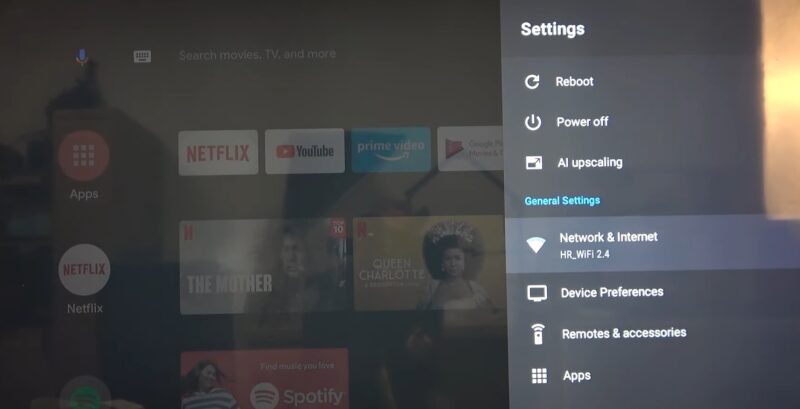
First and foremost, confirm that your Nvidia Shield TV is connected to the internet. A stable and fast internet connection is vital for downloading the software and its subsequent updates and add-ons. Check your network settings to ensure that your Shield is connected to Wi-Fi or a wired network.
Updating Firmware
It’s important to have the latest firmware on your Nvidia Shield TV. Outdated firmware can lead to compatibility issues and hinder the performance of both the device and the app. To check for updates, navigate to ‘Settings’ > ‘About’ > ‘System Upgrade’ on your Shield TV. If there’s an update available, install it to ensure your device is running the most recent version.
USB Flash Drive for Media Storage
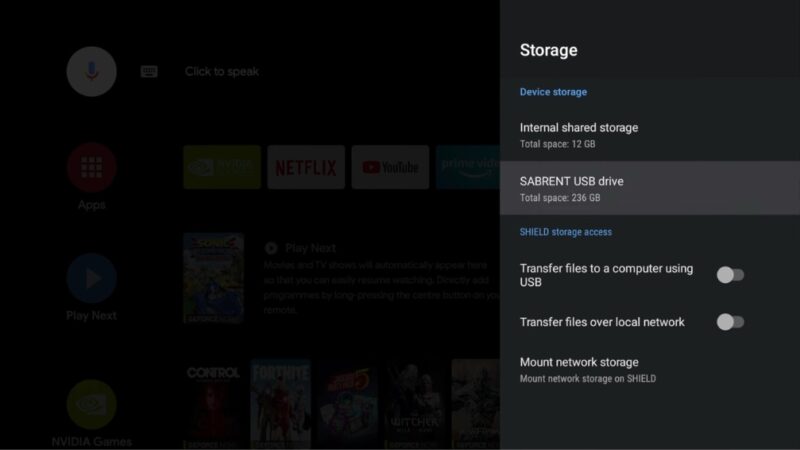
If you plan to store media files locally on your TV, consider connecting a USB flash drive or an external hard disk. This additional storage will be useful for downloading and storing media content directly from Kodi. Make sure your storage device is formatted correctly and recognized by the TV.
Enabling Installation from Unknown Sources
For sideloading Kodi (an alternative installation method), you’ll need to enable installation from unknown sources. Go to ‘Settings’ > ‘Device Preferences’ > ‘Security & Restrictions’ > ‘Unknown Sources’ on your Shield TV and enable this setting. This allows the installation of apps outside the Google Play Store, which is necessary for sideloading.
Familiarizing with Shield TV Remote
Navigating through Kodi’s interface is easier when you’re comfortable with the Shield TV remote. If you prefer, you can also use an alternative input device, such as a wireless keyboard, for easier navigation within Kodi.
Setting Up Kodi
Once Kodi is installed on your Nvidia Shield or Nvidia Shield Pro, whether through Google Play or sideloading, the next crucial step is setting it up for optimal use. Proper setup is key to ensuring you get the most out extensive features and capabilities. Here’s how to effectively set it up on your device:
Initial Configuration
When you first launch Kodi, you’ll be greeted with a setup wizard. This wizard guides you through essential settings such as language preference, screen resolution, and network setup. It’s important to accurately configure these settings to match your viewing preferences and hardware capabilities.
Customizing the Interface
Kodi offers a range of customization options for its interface. You can choose from various skins and themes to change the look and feel of the Kodi user interface. This customization can enhance your user experience, making navigation and usage more intuitive and visually appealing.
Organizing Media Libraries
One of Kodi’s strengths is its ability to organize and manage media libraries. You can add your media sources, such as local storage, network-attached storage (NAS), or online streams. The software allows you to categorize and sort your media files, making it easy to access your movies, TV shows, music, and photos.
Installing Add-ons
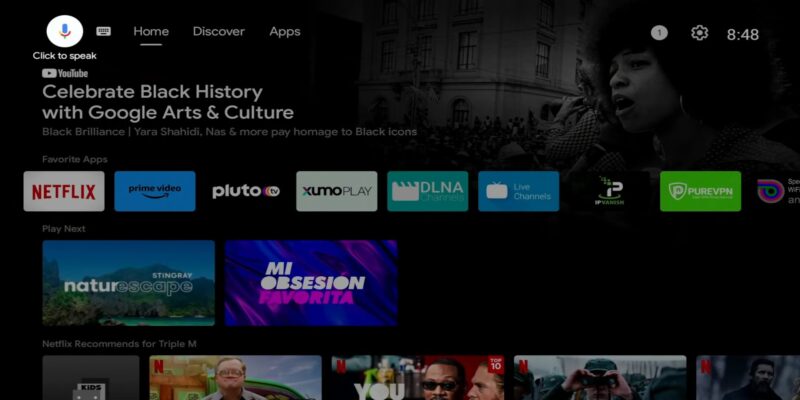
Kodi’s functionality can be greatly expanded through add-ons. These add-ons provide access to a wide range of content, including live TV, sports, movies, and more. You can install add-ons from the official repository or third-party sources. Be cautious with third-party add-ons and ensure they come from reputable sources to avoid security risks.
Setting Up a VPN (Optional)
For enhanced privacy and to bypass geographic restrictions, consider using a VPN with Kodi. A VPN can protect your streaming activities from being monitored and allows access to geo-restricted content. Choose a reliable VPN provider and install their app on your Nvidia Shield.
Performance Optimization
To get the best performance out of Kodi, adjust the settings to match your device’s capabilities. This includes setting the correct video resolution, enabling hardware acceleration, and optimizing audio settings. These adjustments ensure smooth playback and high-quality streaming.
Using a VPN with Kodi
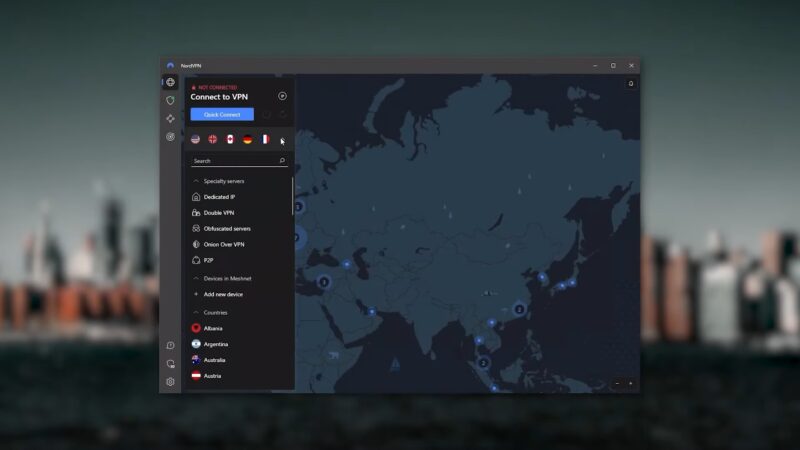
Using a Virtual Private Network (VPN) with Kodi on your Nvidia Shield or Nvidia Shield Pro is highly recommended for several reasons. A VPN enhances your streaming experience by providing privacy, security, and freedom from geographical restrictions. Here’s why and how you should use a VPN with Kodi:
Privacy and Anonymity
Streaming on Kodi, especially when accessing content from third-party add-ons, can expose your online activities. A VPN encrypts your internet connection, ensuring that your streaming habits remain private and anonymous. This encryption prevents your Internet Service Provider (ISP) and other third parties from monitoring what you watch.
Avoiding ISP Throttling
Some ISPs throttle internet speeds based on user activities, especially streaming or downloading large files. This throttling can lead to buffering and a degraded streaming experience. A VPN masks your activities from your ISP, preventing them from discriminating against specific types of internet traffic and potentially slowing down your connection.
Accessing Geo-Restricted Content
Many Kodi add-ons offer content that is geographically restricted. A VPN allows you to connect to servers in different countries, bypassing these geo-restrictions. This means you can access a wider range of content from various regions, expanding your streaming options.
Choosing the Right VPN
Not all VPNs are created equal, especially when it comes to streaming. Look for a VPN that offers fast connection speeds, a no-logs policy, strong encryption, and a wide range of server locations. Providers like NordVPN, ExpressVPN, and IPVanish are popular choices among Kodi users.
Installing a VPN on Nvidia Shield
Most top VPN providers offer Android apps that can be easily installed on your Nvidia Shield. You can download and install the VPN app directly from the Google Play Store. Once installed, log in to the app, select a server, and connect. Ensure the VPN is running before you start streaming.
FAQs
How do I install Kodi No Limits on my Android box?
To install Kodi No Limits on your Android box, first ensure that you have it installed, then download the No Limits build from a reliable source and install it using Kodi’s “Install from zip file” option in the Add-ons menu.
How do I install the latest version of Kodi on my Android TV?
To install the latest version of Kodi on your Android TV, go to the Google Play Store, search for Kodi, and select ‘Install’ or ‘Update’ to get the latest version.
Where are Kodi plugins installed?
Kodi plugins are installed in the userdata folder, which varies by operating system; on Android, it’s typically found in Android/data/org.xbmc.kodi/files/.kodi/userdata/.
What files does Kodi use?
Kodi uses a variety of files including media files (like MP4, MKV for videos), addon files (ZIP for installation, XML for configuration), and user data files (like the Kodi database and settings stored in the userdata folder).
The Bottom Line
Having successfully installed and optimized Kodi on my Nvidia Shield or Nvidia Shield Pro, I’ve unlocked a vast world of entertainment options. I’ve realized that the secret to an excellent Kodi experience on my Nvidia Shield isn’t just in the installation, but also in how I set up and utilize the app.
Make sure to keep it regularly updated and my media libraries well-organized. Using a VPN is essential for maintaining privacy and accessing content without restrictions. Moreover, diving into the extensive range of Kodi add-ons and customizations has significantly elevated my viewing experience.

